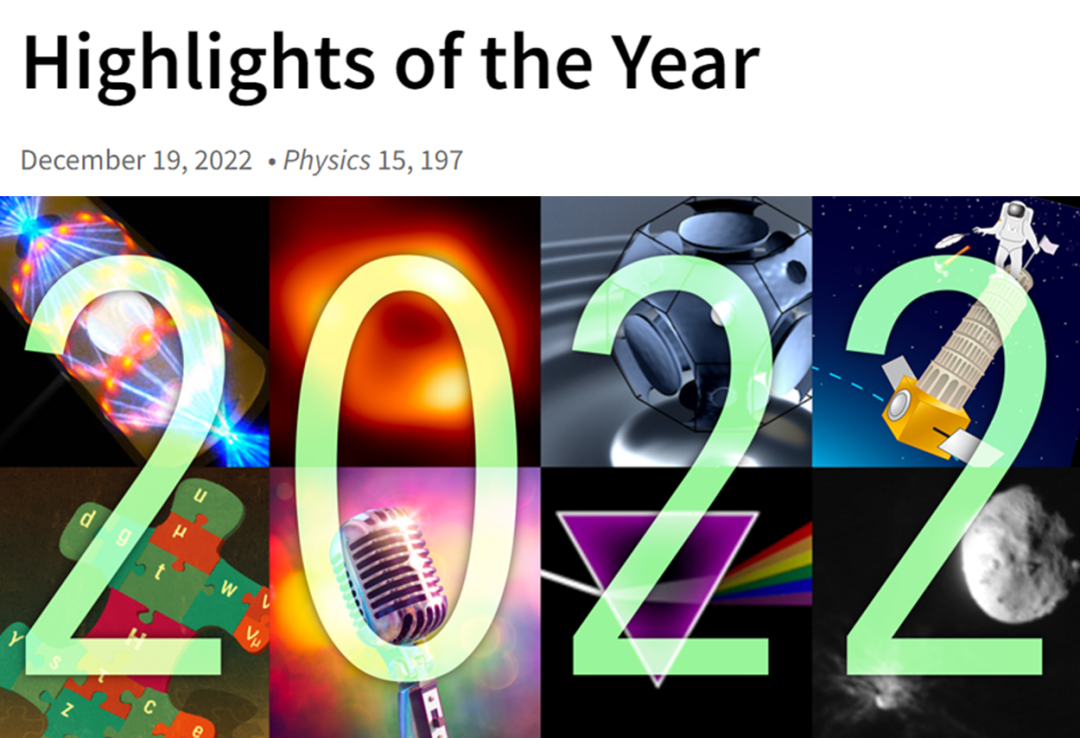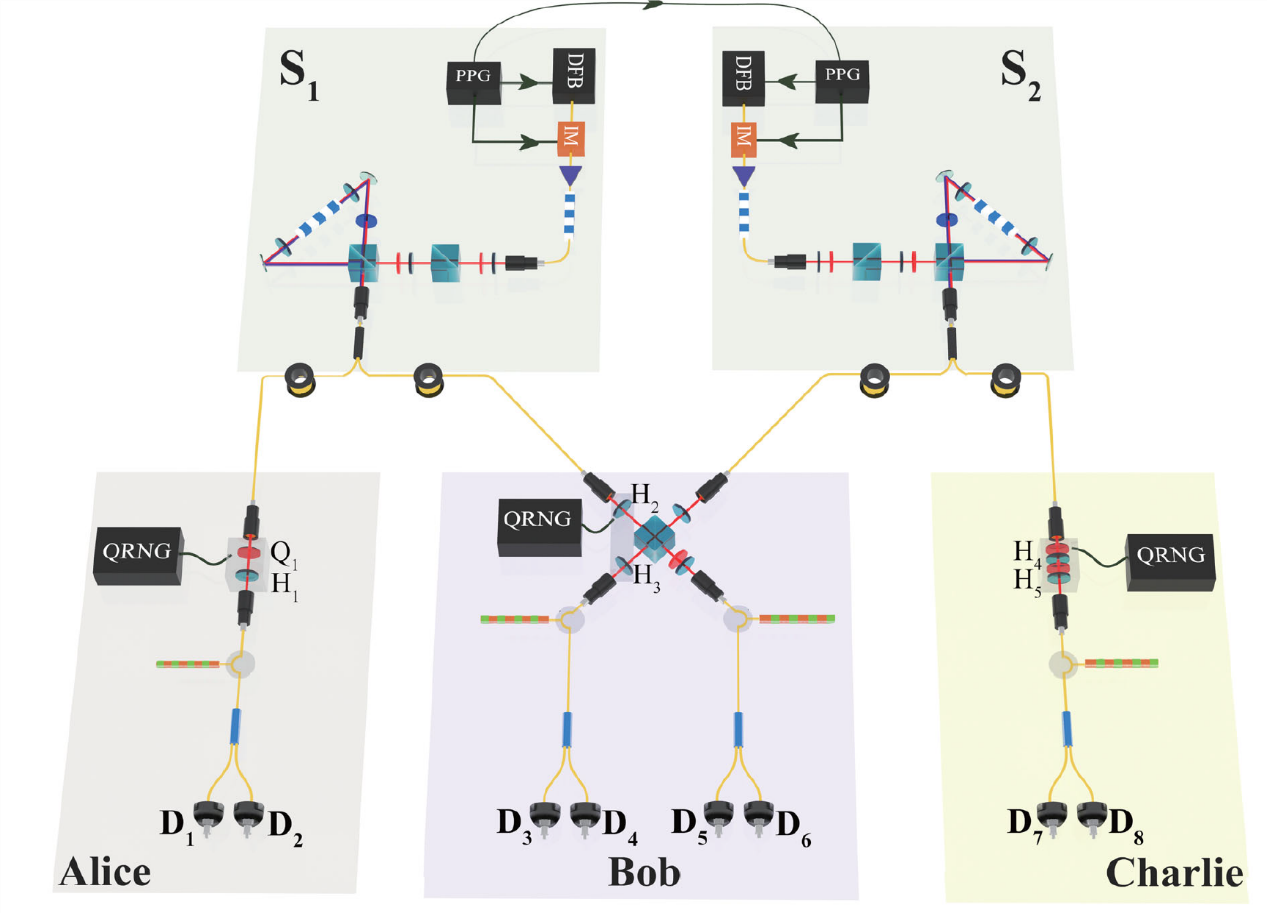SUSTech’s Jingyun Fan’s research results selected as one of top ten progresses in international physics in 2022
2022-12-26
On December 20, 2022, the American Physical Society’s (APS) Physics website reviewed the year’s major advances in international physics. They released ten of the most representative important works of 2022 as the “Highlights of the Year”.
Professor Jingyun Fan’s research group from the Southern University of Science and Technology (SUSTech), with their work entitled “Fundamental position of complex numbers in quantum mechanics,” was included in the list alongside other significant research achievements, including breakthroughs in laser fusion, the turning on of an upgraded Large Hadron Collider, the first photograph of the Milky Way’s black hole, stunning images from the James Webb Space Telescope, Spacecraft Crash Changes Asteroid Orbit, and deciphering Protein Folding.

A number is one of the most basic concepts abstracted from nature by human beings. Natural numbers, zero, negative numbers, rational numbers, real numbers, complex numbers, every expansion of the concept of a number is accompanied by human beings’ deeper understanding of nature and scientific progress. Complex numbers were initially invented to make all polynomials have solutions, and using them as the mathematical foundation of quantum mechanics is more a coincidence than a deliberate arrangement.
In the early days of quantum mechanics, some of its founders, such as Schrodinger, doubted the fundamental role of complex numbers in quantum mechanics. Although the predictions of complex quantum mechanics are subject to rigorous experimental tests, there is no reason to rule out a theory of real quantum mechanics based on real numbers that could perfectly explain the results of these experiments. While Schrodinger was thinking about the fundamental position of complex numbers, Einstein and two collaborators drew wider attention to another fundamental problem of quantum mechanics. They pointed out quantum physics is incompatible with the local hidden variable theory.
After 80 years of effort, several research groups from Austria, the United States, the Netherlands, Germany, and China independently realized the theoretical scheme proposed by the British physicist John Bell and ultimately solved this problem. Quantum theory is not a local realism, fundamentally different from classical physics. Attempts by scientists to use Bell’s original theoretical method to study the place of complex numbers in quantum theory ran into difficulties. In 2020, a group of Austrian, Spanish, and Swiss physicists found that by putting Bell’s theoretical approach into the context of a quantum network, it’s possible to answer the question of whether real quantum mechanics can replace complex quantum mechanics.
Working closely with researchers from SUSTech and the University of Electronic Science and Technology of China (UESTC), they designed an experimental scheme in a photonic quantum system, which has been successfully implemented at SUSTech. The experimental results cannot be explained by real quantum mechanics, which clarifies the fundamental position of complex numbers in quantum mechanics. At the same time, an experimental study on the initial scheme proposed by scientists using the superconducting quantum system by researchers at the University of Science and Technology of China (USTC) was also published, which is consistent with the conclusion of SUSTech. Therefore, these two experiments based on different quantum physical platforms independently proved the necessity of complex representation for quantum theory, which was released as one of the Highlights of the Year by the APS.

Figure 1. Schematic of the experiment
Related links:
Highlights of the Year link: https://physics.aps.org/articles/v15/197
The Viewpoint link of the American Physical Society: https://physics.aps.org/articles/v15/7
The News and Views link of Nature: https://www.nature.com/articles/d41586-021-03678-x
Paper links:
https://journals.aps.org/prl/abstract/10.1103/PhysRevLett.128.040402
https://journals.aps.org/prl/abstract/10.1103/PhysRevLett.128.040403
https://journals.aps.org/prl/abstract/10.1103/PhysRevLett.129.140401




